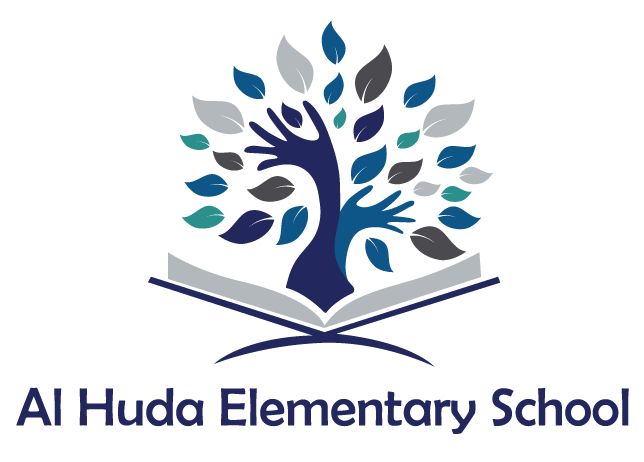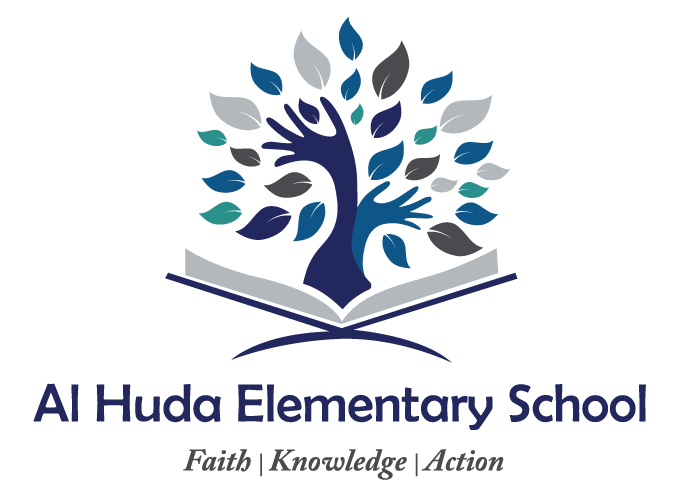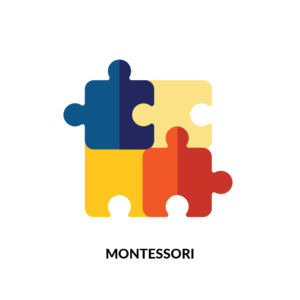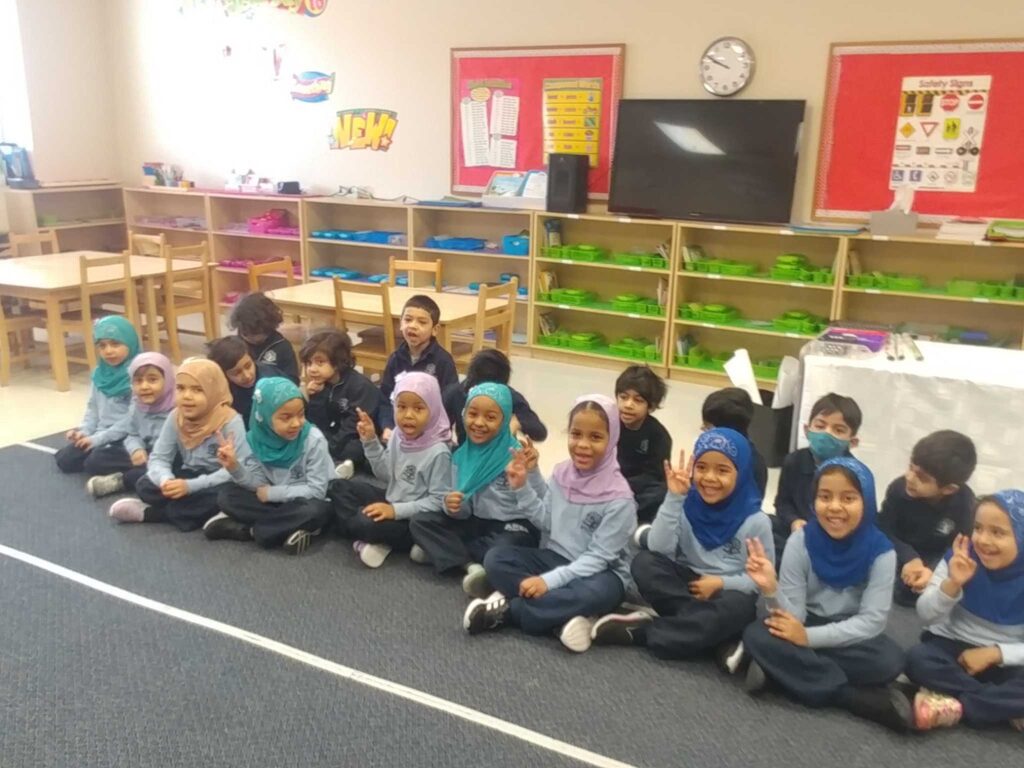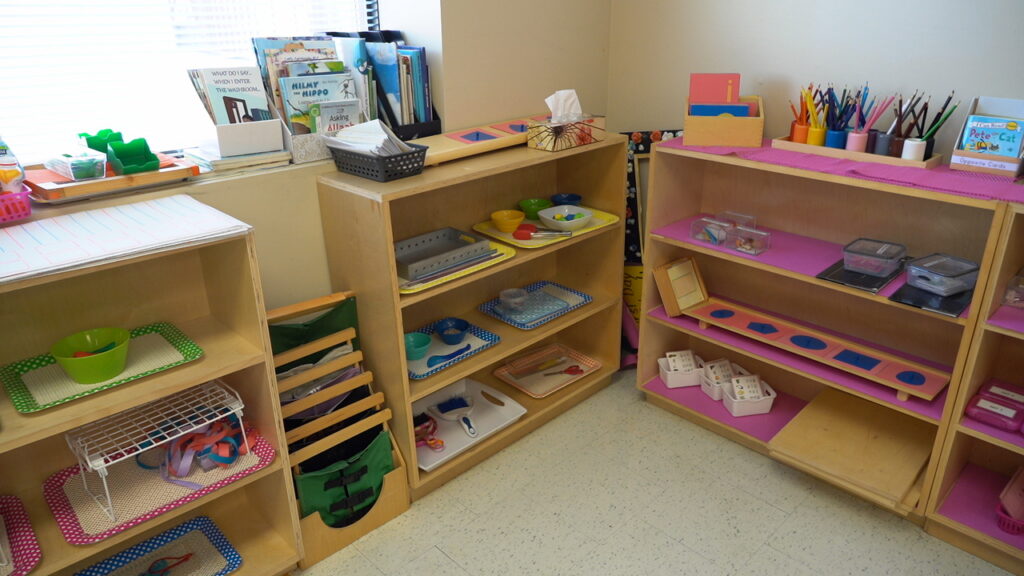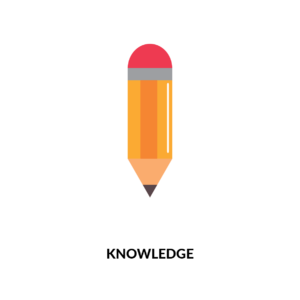The Montessori method, established by Maria Montessori in 1907, focuses on the universal needs of children and takes a “whole child” approach to education. This includes focus on physical, intellectual, social and emotional growth of a child. Montessori classrooms are child-centric environments with child-accessible activities.
Teachers act as guides to the students and respect each child’s right to work towards intrinsic reward by honoring freedom of choice and movement. Self-discovery and self-discipline develop as children have the opportunity to work autonomously.
After rigorous evaluation of different educational methodologies in 2013, we made a commitment to the Montessori method, replacing a conventional Junior Kindergarten class with a Casa 1 Montessori class. Under the guidance of two qualified Montessori teachers and complete overhaul of the classroom, our first group of Montessori students experienced the benefits of this methodology with the addition of age relevant and developmentally appropriate Islamic content.
The aim of Montessori Education is to foster autonomous, competent, responsible, adaptive citizens who are lifelong-learners and problem-solvers. – Dr. Maria Montessori
The unique and fundamental elements of a Montessori classroom are based on:
- Structure,
- Order,
- Freedom of choice and
- Freedom of movement.
Within a structured environment, children learn through hands-on experience.
The children are guided in their learning by the Montessori teachers who act as a link between the children and the Montessori material. The teacher’s role in a Montessori classroom is to prepare the classroom and present the material to the child enhancing their learning abilities. The beauty of a Montessori classroom is that the children blossom at their own pace according to their potential.
As a result of “work” in a Montessori environment, the children develop focus, responsibility, independence, self-discipline, and love of learning.
“The education of even a small child, therefore, does not aim at preparing him for school, but for life.” - Dr. Maria Montessori
